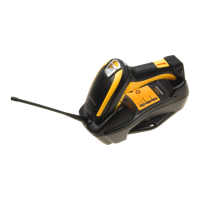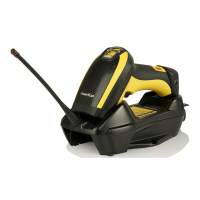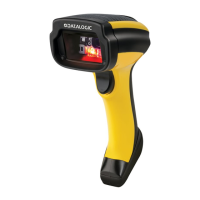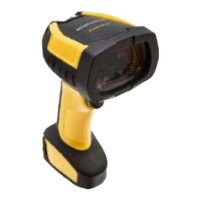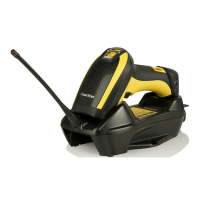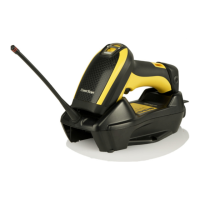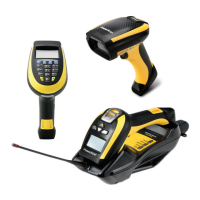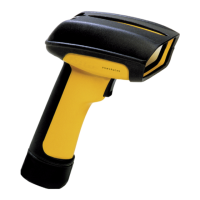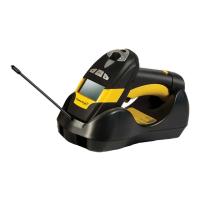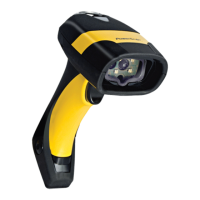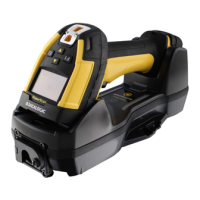
Do you have a question about the Datalogic PowerScan PM9500 and is the answer not in the manual?
| Type | Handheld bar code reader |
|---|---|
| Wavelength | 680 nm |
| Sensor type | - |
| Scanner type | 1D/2D |
| Tilt reading angle | 0 - 360 ° |
| Pitch reading angle | -40 - 40 ° |
| Light levels (direct sunlight) | 0 - 100000 lx |
| 2D (matrix & stacked) barcodes supported | Aztec Code, Data Matrix, GS1 DataBar Expanded Stacked, GS1 DataBar Stacked Omnidirectional, MaxiCode, Micro QR Code, MicroPDF417, PDF417, QR Code |
| Wireless range | 150 m |
| Operating frequency | 910 MHz |
| Standard interfaces | USB, RS-232, RS-485 |
| Connectivity technology | Wireless |
| Certification | IEC 60825 Class 2 IEC 62471 Class 1 LED |
| Product color | Black, Yellow |
| LED indicators | Yes |
| Protection features | Shock resistant |
| International Protection (IP) code | IP65 |
| Sustainability certificates | RoHS |
| Storage temperature (T-T) | -40 - 70 °C |
| Operating temperature (T-T) | -20 - 50 °C |
| Operating relative humidity (H-H) | 0 - 95 % |
| Battery life | 10 h |
| Charging time | 4 h |
| Input voltage | 12 V |
| Battery capacity | 2150 mAh |
| Power consumption | 150 mA |
| Power source type | Battery |
| Cables included | No |
| Depth | 74 mm |
|---|---|
| Width | 110 mm |
| Height | 212 mm |
| Weight | 380 g |
Provides technical information on connection, programming, maintenance, and specifications.
Explains document conventions, notes, and caution symbols for user guidance.
Outlines methods for customizing reader settings via bar codes or software.
Instructions for using bar code labels to configure reader features and parameters.
Guidelines for checking contents and retaining packaging for potential service needs.
Steps to connect the reader to a host device and establish communication.
Details on parameters for interface, common, and wireless-only features.
Covers settings for RS-232, USB-COM, and Keyboard interfaces for reader setup.
Explains Baud Rate, Stop Bits, Parity, and Handshaking Control for RS-232 communication.
Details on Wedge Quiet Interval, Intercharacter Delay, and Intercode Delay for keyboard connectivity.
Commands to manage cursor movement and position on the reader's display interface.
Options for selecting display font styles, affecting character rendering.
Outlines the physical dimensions and weight of the reader device.
Details voltage and current specifications for various reader models.
Default settings for host commands and USB suspend mode for all interfaces.
Default configurations for RS-232 parameters like Baud Rate, Data Bits, and Parity.
